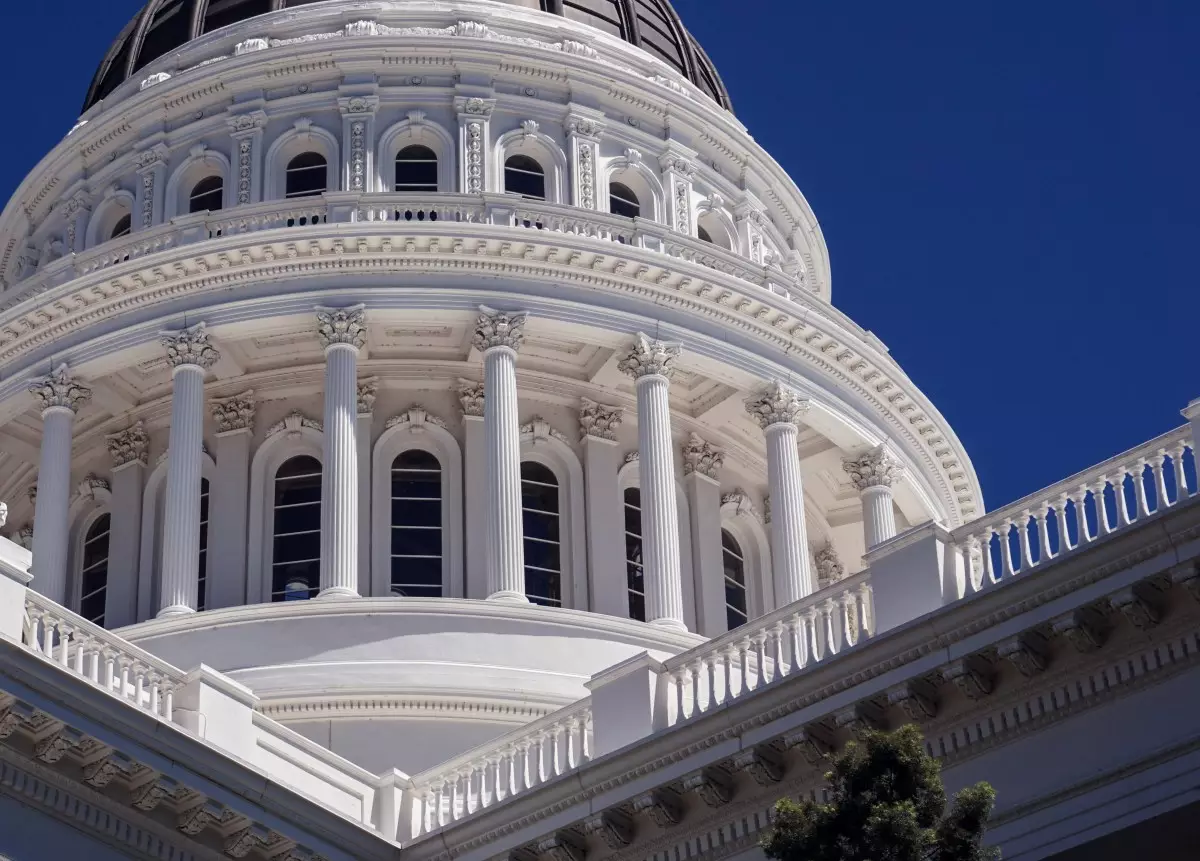Recently, a significant move by the Republican Party aims to centralize control over artificial intelligence (AI) regulations by limiting states’ abilities to create their own governing frameworks. A measure proposed in the Senate, facilitated by Commerce Chair Ted Cruz, seeks to restrict states from enforcing AI regulations for ten years, under the threat of losing federal broadband funding. This push could not only stifle local innovation but also impede the development of nuanced regulatory frameworks that address specific regional needs. During the recent procedural vote, it was determined that the measure could bypass the Byrd rule, enabling it to be included in the larger legislative package without the necessity of bipartisan support.
Voices of Dissent Within the Party
Conflicting viewpoints within the Republican Party itself highlight the contentious nature of this provision. Senator Marsha Blackburn has vocalized her concerns, emphasizing the need for states to protect their citizens through localized regulations. This internal discord reflects a broader apprehension about how such sweeping legislation could undermine states’ rights. The House’s passage of a similar bill, which faced backlash from figures like Representative Marjorie Taylor Greene, underscores a growing rift over what should be prioritized: a unified national approach or localized state governance.
The Concerns Over Regulatory Vacuum
Critics of the proposed legislation, such as the advocacy group Americans for Responsible Innovation, argue that this sweeping ban on state-level AI regulations could create a dangerous regulatory vacuum. The broad language of the proposal implies that essential public interest protections could be overturned, which raises serious questions about accountability and oversight in the rapidly evolving landscape of AI. Without clear federal alternatives to replace the lost state regulations, the bill threatens to leave significant gaps in consumer protection and ethical governance of AI technologies.
State-Level Initiatives Toward Regulation
Despite the looming federal constraints, several states have begun to take proactive measures to establish their own regulations regarding AI technologies. California, for instance, has seen mixed outcomes—Governor Gavin Newsom’s veto of a prominent AI safety bill last year reflects a cautious approach, while smaller legislative actions focused on privacy, and misinformation management have been implemented. In New York, pending legislation could signify a step forward in comprehensive AI governance if signed into law by Governor Kathy Hochul. These state-level initiatives reveal a grassroots movement towards accountability in the burgeoning field of AI, juxtaposed against the backdrop of federal attempts to centralize control.
Looking to the Future: The Call for Thoughtful Engagement
As technology continues to advance at an unprecedented rate, the dialogue surrounding AI regulations must evolve as well. Striking a balance between fostering innovation and ensuring public safety is imperative. Legislators must engage in thoughtful conversations that involve multiple stakeholders, including tech companies, civil advocacy groups, and the public, to craft regulations that genuinely address the complexities of AI technology. It is crucial to work collaboratively rather than impose top-down mandates that could stifle creativity and undermine the efforts of states striving for responsible governance in the AI landscape.

